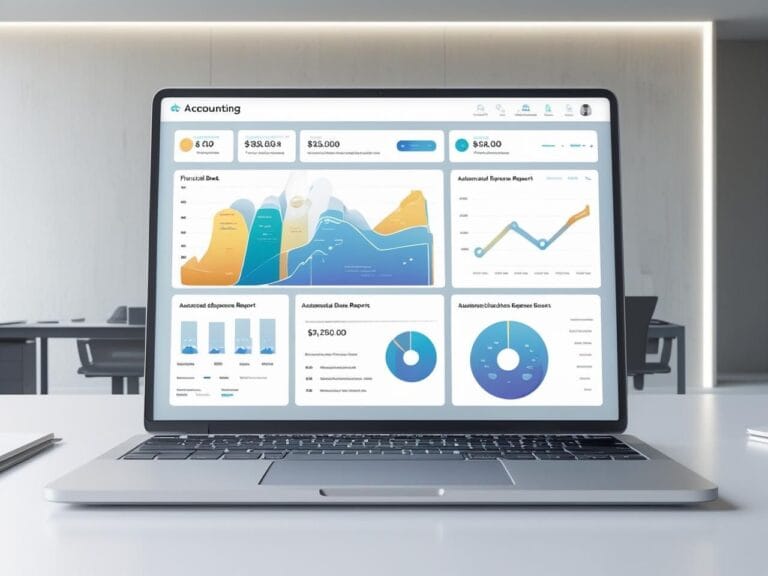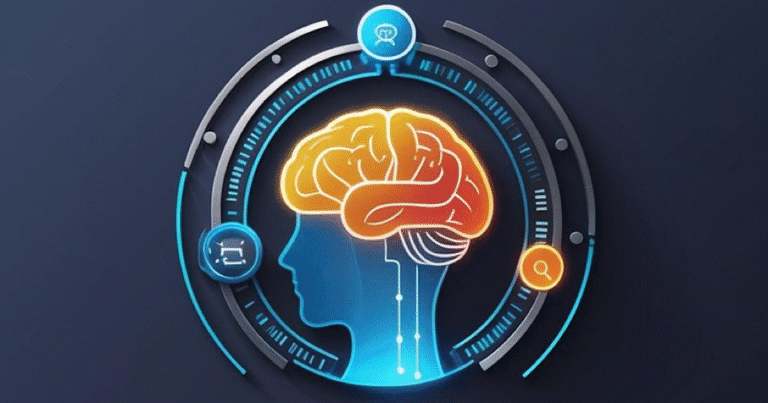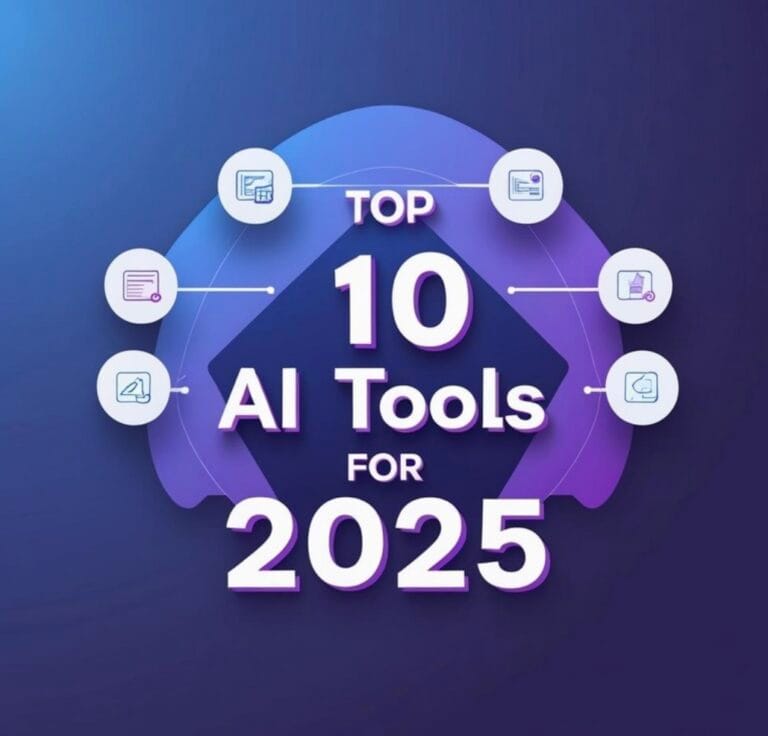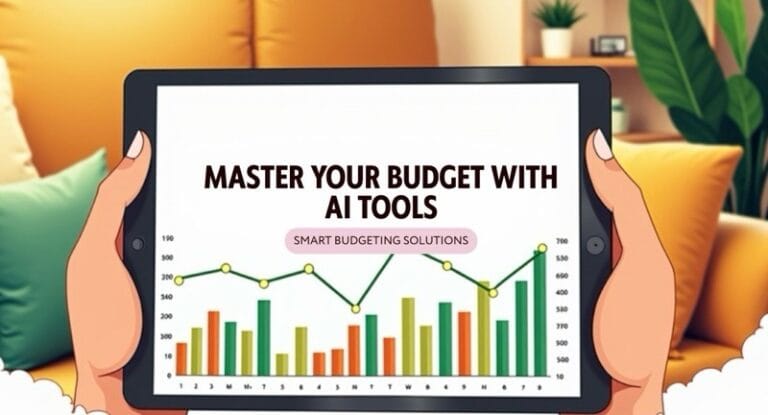AI Tools Marketplace: 5 Powerful Platforms to Know
Introduction
AI is booming like never before. Every week, it seems there’s a new tool promising to change your life—write better, code faster, sell more, or even draw pictures from your imagination. But with thousands of AI solutions popping up, here’s the big question: where do you find the right tools? That’s where an AI Tools Marketplace comes in.
An AI Tools Marketplace is a digital platform that brings together hundreds (sometimes thousands) of AI tools into one organized, searchable location. Think of it like an app store—but specifically for AI. Instead of jumping from one website to another, you can explore tools for writing, image generation, coding, productivity, marketing, and more—all in one hub.
This type of centralized solution is essential in today’s fast-moving AI world. It saves time, helps you discover innovations, and keeps you ahead of the curve. Whether you’re a content creator, developer, small business owner, or just curious about AI, marketplaces like FutureTools, There’s An AI For That, and Hugging Face make finding the right tool a whole lot easier.
Let’s break it all down—so you can make the most of this exciting AI revolution.
What is an AI Tools Marketplace?
Definition and Concept
Imagine walking into a massive digital mall where every shop sells one thing—AI tools. Some help you write emails. Others design logos. Some even automate your entire customer service. That’s the essence of an AI Tools Marketplace.
An AI Tools Marketplace is a centralized platform where users can discover, buy, and sometimes even sell artificial intelligence-powered software. It’s the bridge between tool creators and tool users—making it easier than ever to access the rapidly expanding world of AI.
These marketplaces come in a few different forms:
- B2B Platforms – These cater to businesses looking for robust, scalable AI solutions. They focus on enterprise-level tools like predictive analytics, automated decision-making, and machine learning APIs. Think of platforms like AWS Marketplace or Microsoft Azure Marketplace.
- Open-Source Directories – For developers and researchers, these directories are goldmines. They offer free or open-source AI libraries, models, and datasets. Hugging Face is a prime example, where AI enthusiasts collaborate and share models openly.
- SaaS Listings – These are perfect for everyday users, startups, and solo entrepreneurs. Marketplaces like FutureTools or There’s An AI For That showcase AI-powered SaaS tools—think AI writing assistants, chatbots, AI video editors, and more. You can usually try them instantly or sign up for free trials.
These platforms are not just directories; they’re ecosystems. Tool creators list their software, users rate and review them, and algorithms recommend tools based on user needs. It’s a self-sustaining cycle that keeps growing with each new AI innovation.
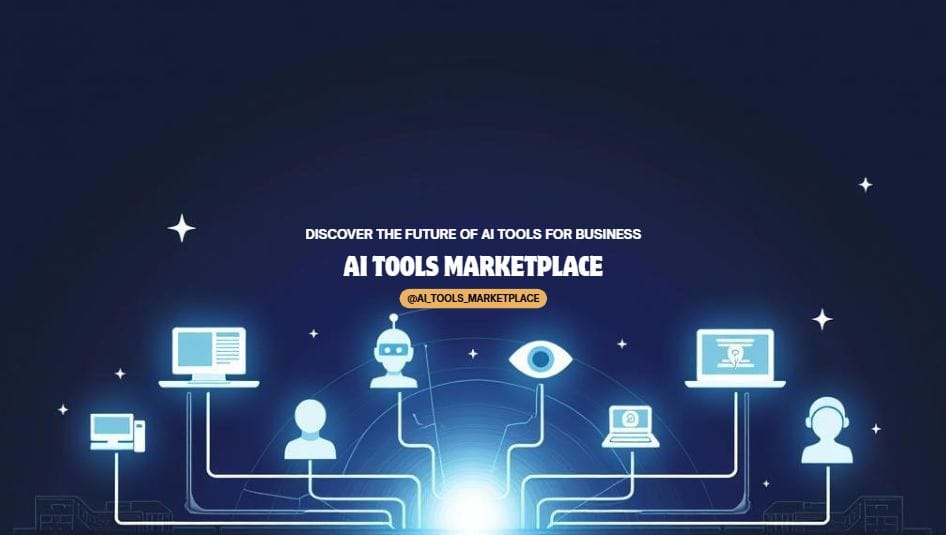
In a world that’s quickly becoming AI-first, these marketplaces are the new gateways to innovation.
Why AI Tools Marketplaces Are Gaining Popularity
The Rise of AI and Need for Aggregation
It all started with a spark—ChatGPT. When OpenAI launched its groundbreaking chatbot, the world caught a glimpse of just how powerful artificial intelligence could be. And then, the floodgates opened.
Since late 2022, thousands of AI tools have entered the scene. Tools for writing, editing videos, analyzing data, generating images, coding, managing tasks, and even composing music—all powered by machine learning. But with this massive wave of innovation came a major problem: information overload.
How do you choose the right tool when there are hundreds for every task?
That’s where the AI Tools Marketplace steps in. These platforms solve a growing problem: discovery. With so many tools being launched every week, people need curated platforms that organize everything clearly and make it easy to compare options.
Think about it: Would you rather search Google endlessly for an AI tool to help with your marketing—or visit one marketplace that shows you the top-rated, most-used, and most affordable options in one place?
Marketplaces also add an extra layer of trust and quality assurance. Most platforms allow users to rate and review tools. This feedback helps weed out low-quality or scammy tools and boosts visibility for genuinely helpful solutions.
📊 Growth in Number of AI Tools/Platforms Per Year
| Year | Estimated Number of AI Tools/Platforms | % Growth YoY |
|---|---|---|
| 2020 | 150 | — |
| 2021 | 500 | +233% |
| 2022 | 2,000 | +300% |
| 2023 | 8,000 | +300% |
| 2024 | 14,000+ | +75% |
Source: Aggregated data from public directories like FutureTools, There’s An AI For That, and OpenTools.ai
Key Features of a Good AI Tools Marketplace
What to Look for When Choosing a Platform
Not all AI tools marketplaces are created equal. Some are just basic directories with long lists of tools and no real way to figure out what’s good or useful. Others offer a smooth, user-friendly experience with all the bells and whistles that make discovering and using AI tools feel effortless.
If you’re trying to find the best AI Tools Marketplace, here are the key features to look for:
1. Smart Search Filters and Tagging
A good marketplace doesn’t just dump a giant list of tools on you—it helps you filter based on what you need. Whether you’re looking for an AI writing assistant, image generator, or coding helper, you should be able to sort by category, pricing (free, freemium, paid), popularity, or user ratings. Tags like “No Login Needed” or “ChatGPT Plugin” can also save loads of time.
2. Reviews, Ratings, and Community Feedback
Trust matters. Before you invest time—or money—into an AI tool, it’s reassuring to know what other users think. Look for platforms where real users can leave reviews, star ratings, and comments. This social proof helps weed out low-quality or misleading tools and lifts the ones that deliver.
3. Demos and Free Trials
No one likes buying blind. The best marketplaces offer demo videos, screenshots, or even links to live demos and free trials. This lets you test a tool before making any commitment—especially important in the fast-changing world of AI, where hype doesn’t always match results.
4. Monetization Options for Developers
Marketplaces aren’t just for users—they’re also goldmines for developers. A good platform allows tool creators to list their products, set pricing, and even receive direct payments or leads. This opens up opportunities for indie AI devs and startups to grow their user base quickly.
5. Community and Forums
A vibrant community space is the heart of any great marketplace. Whether it’s a built-in forum, Discord server, or feedback section, these spaces allow users and creators to share ideas, give support, and collaborate. They also help platforms stay up-to-date with user needs and upcoming trends.
Choosing the right marketplace can make or break your AI experience. Look for one that feels alive, helpful, and built with both users and creators in mind.
5 Popular AI Marketplaces You Should Know
Where to Find and Publish AI Tools
With the explosion of artificial intelligence tools across industries, navigating through the clutter can feel overwhelming. Fortunately, several standout AI Tools Marketplaces have emerged as trusted hubs for discovery, experimentation, and even monetization. Whether you’re a creator looking to publish your tool or a user seeking the perfect AI assistant, these five platforms should be on your radar.
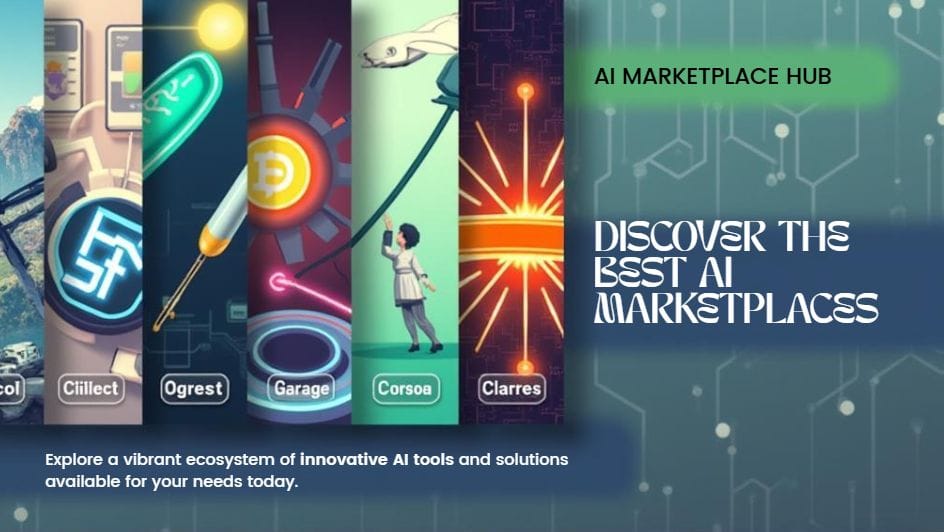
1. FutureTools.io
Curated by AI enthusiast Matt Wolfe, FutureTools.io has quickly become a favorite among creators, marketers, and entrepreneurs. What makes it stand out is its clean interface and thoughtful categorization. Tools are organized by use case—writing, productivity, art, code, etc.—and include user ratings, update logs, and new releases. It’s updated daily and feels like a go-to resource for anyone serious about exploring AI.
Bonus: You can also filter tools by “free,” “freemium,” or “paid,” which is super handy if you’re on a budget.
2. There’s An AI For That
With a clever name that says it all, There’s An AI For That boasts one of the largest databases of AI tools online. It’s keyword-search driven and offers a fast, no-frills way to find AI tools by task. Need a tool to summarize documents? Translate audio? Automate outreach? Just type it in, and chances are it’s listed.
This platform focuses on simplicity and speed—perfect for casual users and busy professionals alike.
3. Hugging Face Spaces
Originally known for hosting open-source machine learning models, Hugging Face has evolved into a thriving AI ecosystem. With Spaces, developers can showcase live demos of their tools, while users can test them out instantly. It’s more developer-focused, but it’s an absolute treasure chest for AI fans and tech-savvy users.
If you’re a developer building something cool with open models, this is the place to publish and get noticed.
4. OpenTools.ai
OpenTools.ai blends curation with community. It lists hundreds of AI tools and regularly features trending and newly launched products. One great thing? It offers public upvoting, which helps useful tools rise to the top based on real user input.
It’s growing quickly and aims to be a “Reddit meets Product Hunt” for AI.
5. Toolify.ai
Sleek, fast, and beautifully organized, Toolify.ai is ideal for people who want a visually appealing and intuitive browsing experience. It breaks tools into clear categories like education, productivity, and design—and includes demos, pricing info, and even AI-generated summaries for each listing.
It’s especially useful for creators who want to get exposure fast, thanks to its submission-friendly interface.
Each of these marketplaces offers a unique experience, but they all share one thing in common: they make navigating the ever-growing world of AI a lot more manageable—and exciting.
How to List or Sell Your AI Tool on a Marketplace
Step-by-Step for Creators or SaaS Founders
You’ve spent months building an AI-powered tool. Maybe it writes blogs in seconds or transforms messy data into visual dashboards. It works great—but now comes the hard part: getting people to find and use it.
That’s where listing your product on an AI Tools Marketplace can be a game-changer. These platforms give you immediate exposure to thousands of curious users actively searching for AI solutions. And the best part? It’s easier than you think.
Here’s a simple step-by-step guide to help you get started:
1. Sign Up and Get Verified
Start by creating a free account on your preferred marketplace. Most platforms like Toolify or FutureTools have straightforward onboarding. Depending on the site, you may need to verify your email, provide developer credentials, or confirm your identity—especially if monetization is involved.
2. Write a Clear, Compelling Tool Description
This is your sales pitch. Keep it simple, benefits-focused, and honest. What does your tool do? Who is it for? How does it save time or improve results? Use short sentences and bullet points to make the key features pop. Add relevant keywords to boost discoverability within the platform.
3. Choose Your Pricing Model
You’ll need to decide whether your tool is:
- Free
- Freemium (basic free plan with paid upgrades)
- One-time purchase
- Subscription-based
Many AI marketplaces allow you to link to Stripe, Gumroad, or even your website for checkout. Just make sure your pricing is clear and competitive.
4. Connect APIs or Demos
Users love to test before committing. Some platforms let you link to a live demo, upload screenshots, or even connect a working version of your tool using an API. Hugging Face Spaces, for example, lets you deploy interactive demos directly.
5. Promote Your Listing
Don’t stop at just publishing it—promote it! Share your listing on social media, Reddit, indie hacker communities, newsletters, or even create short explainer videos. The more visibility your tool gets, the higher it ranks.
💰 Comparison of Commission Models on Popular AI Marketplaces
| Marketplace | Commission Fees | Monetization Options | Listing Cost |
|---|---|---|---|
| Hugging Face | 0% | Free tool hosting, API monetization via 🤗 Inference Endpoints | Free |
| Toolify.ai | 10–15% (on paid plans) | Direct tool sales, affiliate links, featured listings | Free (basic) |
| FutureTools.io | 0% (listing only) | No built-in monetization; traffic sent to your site/tool page | Free (manual review) |
| There’s An AI For That | None stated | Traffic referral to external links; no on-platform purchases | Free |
| OpenTools.ai | None officially listed | Traffic, upvotes, and lead generation only | Free |
Note: Always review the latest terms on each platform, as commission models and monetization features may change over time.
Launching your tool on an AI Tools Marketplace is one of the smartest ways to get eyes on your innovation. It’s where curiosity meets solution—and where creators become recognized pioneers.
AI Tools Marketplace vs Traditional SaaS Platforms
Understanding the Difference
At first glance, an AI Tools Marketplace might seem similar to a SaaS (Software as a Service) platform. After all, both involve software products delivered online. But there’s a major difference in structure, purpose, and user experience—and understanding that difference can help you make smarter choices, whether you’re a user or a developer.
Let’s break it down:
AI Tools Marketplace
An AI marketplace is like a digital shopping mall. It aggregates hundreds or thousands of AI-powered tools in one place, often across various categories—writing, coding, image generation, business automation, and more. These platforms don’t create the tools themselves; instead, they curate, organize, and present them so users can discover innovations easily.
Key characteristics include:
- Tool discovery and comparison
- Reviews, filters, tags for navigation
- Free and paid options are listed side by side.
- Community-driven feedback and recommendations
Popular marketplaces include FutureTools, Toolify.ai, and There’s An AI For That.
Traditional SaaS Platforms
On the flip side, a SaaS platform is focused on delivering one specific product or service. Think of tools like Jasper AI, Grammarly, or Notion. These platforms are built around a singular solution, with all development, marketing, and support centralized around that one offering.
Key traits of SaaS platforms:
- Singular product focus
- Subscription or freemium pricing
- Full control over branding and user experience
- Direct relationship with users
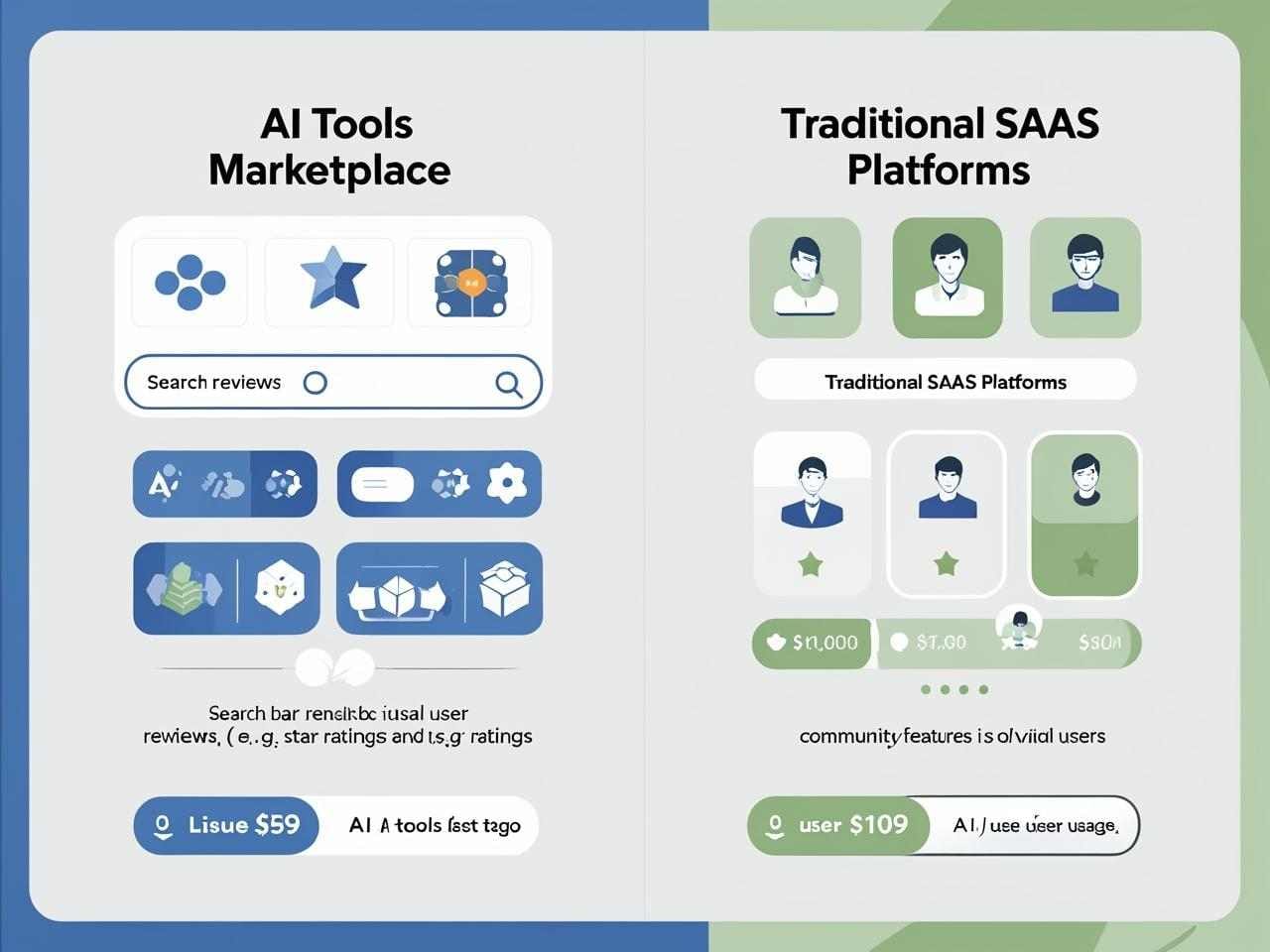
So, while marketplaces help users explore, SaaS platforms help users go deep. Depending on your goals, both play vital roles in the evolving AI ecosystem.
Future Trends in AI Marketplaces
What’s Coming Next
The world of AI is moving at lightning speed, and AI Tools Marketplaces are evolving right alongside it. If you thought today’s platforms were impressive, just wait—tomorrow’s innovations promise to be even more exciting and user-centered.
One of the biggest shifts on the horizon is decentralization. Imagine marketplaces built on blockchain technology where users can directly buy, sell, or even trade AI tools without middlemen. This could boost transparency, reduce fees, and empower both creators and users with more control over their data and transactions.
Personalization is another major trend. Shortly, AI marketplaces won’t just show you a list of tools—they’ll recommend the perfect AI solutions tailored to your unique needs, habits, and even mood. Powered by smart AI agents, these platforms will learn your preferences over time, making discovery seamless and deeply relevant.
Speaking of AI agents, integration with auto-plugins is set to explode. This means your AI marketplace could connect directly to your daily apps—whether email, calendar, or project management—automatically suggesting or activating tools that boost your productivity without you lifting a finger.
Lastly, expect more niche marketplaces tailored to specialized industries. We’re already seeing this with platforms focused on healthcare AI, education AI, and even creative arts AI. These niche hubs will offer hyper-targeted tools, expert communities, and tailored resources, making it easier than ever to find exactly what you need in complex fields.
The future of AI marketplaces is bright, dynamic, and deeply personal. Staying informed now means you’ll be ready to ride the next wave of AI innovation.
Frequently Asked Questions
What is the best AI tools marketplace?
The best AI tools marketplace depends on what you’re looking for. If you want a broad, easy-to-navigate platform to discover the latest and greatest AI tools, FutureTools is a top choice—especially for marketers, creators, and entrepreneurs. For developers and AI researchers, Hugging Face offers a more technical, open-source-focused environment where you can test and deploy AI models. Other marketplaces like There’s An AI For That or Toolify.ai cater to users seeking fast, straightforward discovery. The key is to choose a marketplace that fits your needs and style.
Can I sell my AI tool on a marketplace?
Absolutely! Many AI marketplaces welcome creators and SaaS founders to submit their tools. These platforms often provide simple onboarding processes to list your product, set pricing (free, freemium, or paid), and even integrate demos or API connections. Selling your tool on a marketplace can drastically increase your visibility and bring your innovation in front of thousands of potential users.
Are AI marketplaces free to use?
Most AI marketplaces let you browse and discover tools for free, which is perfect for casual users or those just exploring. However, some premium tools listed may require subscriptions or one-time purchases. For creators, listing a tool might be free, but marketplaces that handle payments or provide promotion services could charge commissions or fees. Always check the platform’s terms before committing.
How do I know if an AI tool is legit?
With so many AI tools flooding the market, it’s natural to be cautious. Look for marketplaces that offer verified listings, user reviews, and detailed descriptions. Tools that provide demos or free trials are often more trustworthy since you can test them yourself. Community feedback and star ratings are invaluable for separating genuine tools from hype or scams.
Is ChatGPT available on AI marketplaces?
Yes, many AI tools powered by ChatGPT or built as ChatGPT plugins are available across marketplaces. These range from writing assistants and chatbots to more specialized applications. Marketplaces make it easy to find ChatGPT-based tools tailored for specific tasks or industries, helping you leverage OpenAI’s technology without needing to build from scratch.
Conclusion
In today’s fast-paced digital world, an AI Tools Marketplace is more than just a directory—it’s your gateway to discovering, trying, and even selling cutting-edge AI solutions faster and smarter than ever before. These platforms save you countless hours, help you avoid overwhelm, and connect you with tools perfectly suited to your needs or audience.
Whether you’re a curious user eager to experiment or a creator ready to launch your next AI innovation, exploring an AI marketplace is the smartest move you can make today. Start by checking out the platforms we covered—like FutureTools, Hugging Face, or Toolify.ai—and find the AI edge that could transform your work and life.
The future of AI is here, and it’s easier to access than ever, thanks to the power of the AI Tools Marketplace.
MORE AI GUIDE: 7 Powerful AI Image Analysis Tools for Automation

